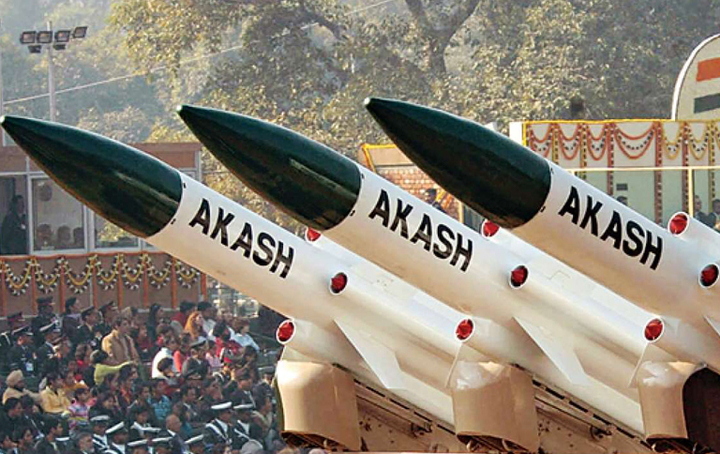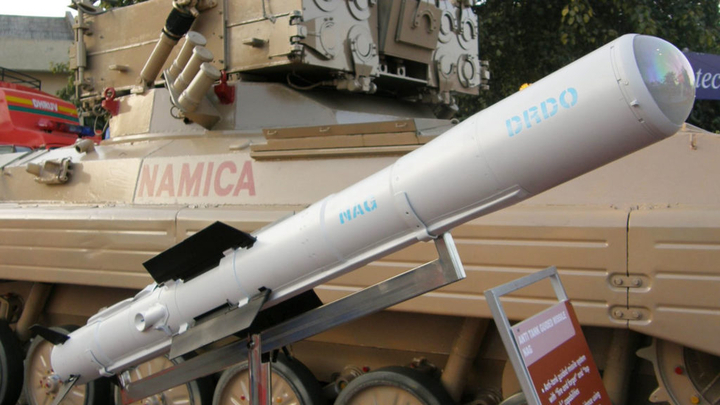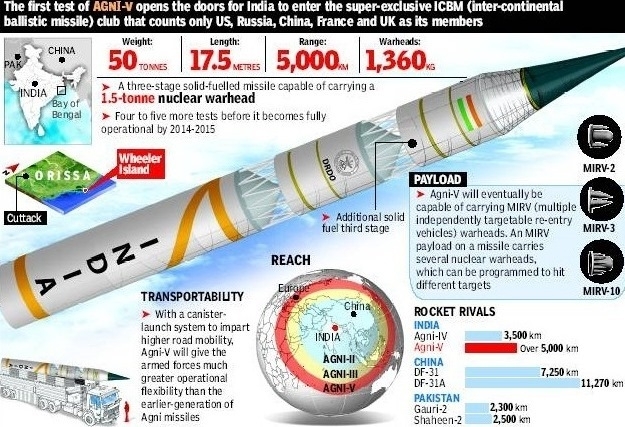The use of missiles in India dates back to the 18th century. Mysore rockets which were an early form of the modern missile were used by Haider Ali and his son(Tipu Sultan) against the British East India Company.
The idea of starting the development of the Integrated Guided Missile Development Programme came in 1979 and the ‘Missile Policy Committee’ was set up which recommended launching of IGMDP and procurement of missiles for Armed forces.
In the 1980’s Dr Kalam with his team successfully launched the Project SLV-3 and in 1983 he was inducted as director of Defence research development laboratory (DRDL). A Missile Technology committee was set up to prepare the plan for the development of missile.
Tavor family guns used by Indian Army
In July of 1983, the IGMDP program was launched at the Defence research development laboratory (DRDL). Five projects were launched under the leadership of five individual project heads and Dr Abdul Kalam headed the entire program.
PRITHVI
- It is a surface to surface missile also capable of carrying a nuclear payload
- Prithvi propulsion system is developed from the Russian SA-2 surface to air missile and it uses liquid or, both liquid and solid fuels
- It has a single state, twin-engine liquid propulsion system, real-time software incorporated in the onboard computer to achieve the desired accuracy on impact
- Variants:
Prithvi-I- Army
Prithvi-II - Air Force
Prithvi-III - Navy

Missile | range (Km) | payload (Kg) | weight (Kg) | Inducted in service |
Prithvi 1 | 150 | 1000 | 4400 | 1988 |
Prithvi 2 | 350 | 350-750 | 4600 | 1996 |
Prithvi 3 | 350-600 | 500-1000 | 5600 | 2004 |
AKASH
- It is a surface to air missile, capable to fly with the speed of Mach 2.5
- It is very effective in targeting low, medium and high altitude targets. It uses a phased array radar to detect multiple targets at the same time
- It can shoot down a drone, missile, fighter jet, etc flying at an altitude of 18 km
- The missile has a launch weight of 720kg and it can carry a payload of 50-60kg
- It can be launched from multiple platforms

Components of Akash :
1.Integrated ramjet engine
2.switchable guided antenna
3.command guidance system
4.Onboard power supply
5.Arming and detonation mechanism
6.Rajendra phased-array radar
7.Digital autopilot
TRISHUL
- It is a short-range surface to air missile with a range of 9km and it can carry a payload of 5.5 kg.
- This missile can hit the target moving with the speed of 300-500 m/s by using radar command to- line-of-sight guidance.
- Indian government shut down the Trishul project in 2008.
- According to the government reports it will continue to serve as a technology demonstrator.
NAG
- It is an antitank missile and can neutralize its target within the range of 500 meters to 20km. It has a top speed of 230m/s. It is ‘Fire and forget’ missile which means it locks its target before its launch, it has also the capability to recorrect its path and it locates the target using thermal imaging technology.
- It has also the capability to penetrate explosive reactive armour (ERA) of tanks.

Variants
- Prospina (Infantry version) It has a range of 500m-4km can be launched from multiple platforms including light infantry vehicle BMP-2.
- HeliNa(Helicopter version): It has a range of 7-10Km can be launched from the RUDRA helicopter and LCH. This launch system is used by both the army and the airforce.
- Helina (SANT): This is the upgraded version of Helina with an extended range of 20km.
- Man-Portable Anti-tank Guided Missile (MPATGM): This is a lighter version of Helina missile that can be launched from the shoulder up to a range of 2.5km on the battlefield.
AGNI
The series of Ballistic missiles known as Agni is being developed under the IGMD Programme of the Defence Research and Development Organisation of India(DRDO).
AGNI-1 :
- The Agni-I is a short or intermediate-range ballistic missile.
- The missile consists of a single-engine and, capable of carrying a nuclear payload.
- It is a short or intermediate-range ballistic missile.
- Its structure is made of all-carbon composite materials to protect the payload during its re-entry stage.
- It can carry a payload of 1,000kg(Conventional or Nuclear) and has a range between 700km - 800km.
- The missile system can be transported by rail and road.
AGNI-2 :
- The Agni-II, a medium-range ballistic missile equipped with two solid-fuel stages.
- This missile has a range of more than 2000km and its range can cover most of the western, central and southern parts of China.
AGNI-3 :
- It is a two-stage ballistic missile.
- The missile has a strike range of 3,000 km to 5,000 km.
- It is capable of carrying both conventional and nuclear warheads weighing up to 1.5 tonnes.
- The missile is powered by a two-stage solid propellant engine.
- It was inducted in Armed forces in June 2011.

AGNI-4 :
- The Agni-4 is a two-stage solid propellant missile.
- The maximum range of the missile is 4,000km.
- Agni 4 can take a warhead of 1 tonne.
AGNI 5:
- It is a solid-fueled Intercontinental Ballistic Missile (ICBM) developed by DRDO of India.
- It three-stage, solid propellant and intercontinental ballistic surface-to-surface missile.
- it is nuclear-capable, with a payload capacity of 1,500 kg.
- It has the capability to strike targets anywhere in all of Asia and parts of Africa and Europe

Post a Comment